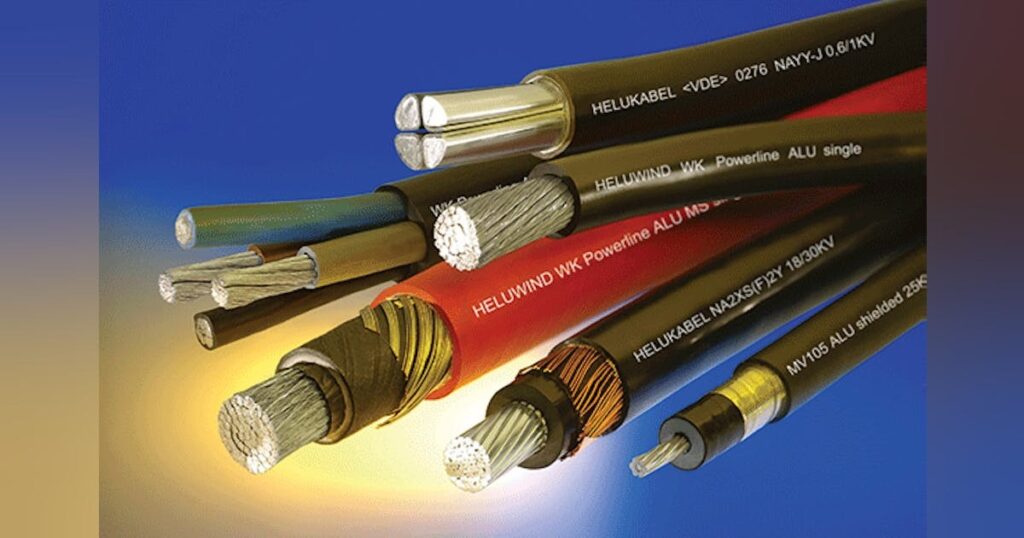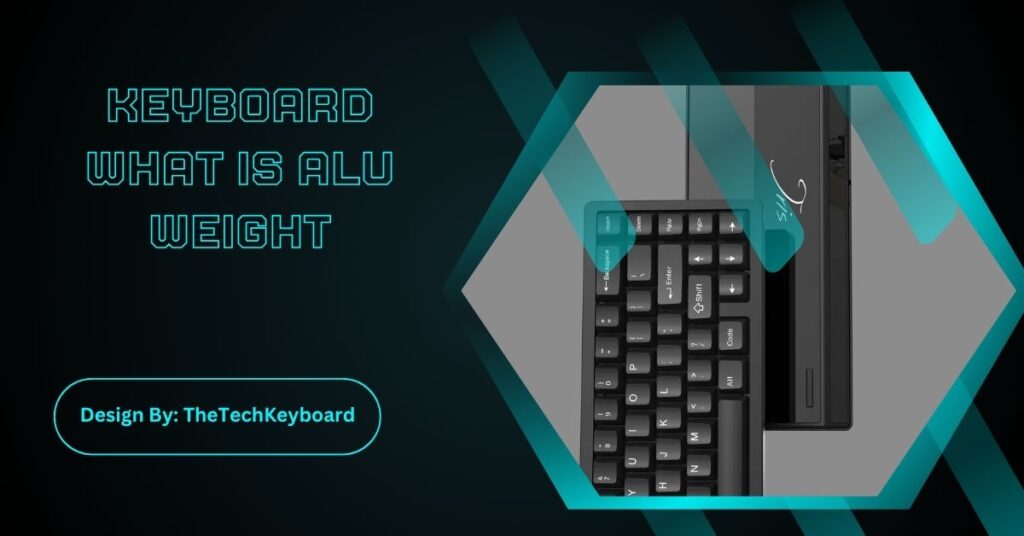An ALU weight in a keyboard is an aluminum component added to improve stability, sound, and feel. It’s commonly used in custom builds to enhance overall typing experience without excessive weight.
If you’re diving into the world of custom mechanical keyboards, you’ve come across the term ALU weight. But what exactly is it, and why do so many keyboard enthusiasts care about it?
In this detailed guide, we’ll break down what ALU weight means in the context of keyboards, why it’s used, how it affects your typing experience, and whether it’s worth adding to your build. Whether you’re a beginner or a pro builder, this article will give you the clarity you need.
What Is ALU Weight in Keyboards?
ALU weight refers to a keyboard’s internal or external weight component made from aluminum (ALU). It’s typically found on the back or bottom part of a keyboard case, especially in custom or premium keyboard builds.
The ALU weight’s purpose is not just aesthetic—it plays an important role in stabilizing the keyboard, enhancing sound, and improving feel.
Why Use an ALU Weight in a Keyboard?

1. Adds Heft and Stability
ALU weights increase the overall mass of the keyboard, which prevents the board from sliding around during intense typing or gaming. A heavier keyboard gives users a premium and stable feel on the desk.
2. Improves Sound Profile
Keyboards with an ALU weight often have a deeper, more refined sound. The aluminum helps minimize hollow sounds by adding density, making keystrokes sound more “thocky” or solid, depending on the board design.
3. Balances the Keyboard Build
In some high-end builds, weights are added to balance the feel between the front and back. ALU is a preferred material because it’s heavier than plastic but lighter than brass or stainless steel, giving designers flexibility.
Common Materials Compared to ALU
| Material | Weight Class | Sound Profile | Cost | Use in Keyboards |
| Aluminum (ALU) | Medium | Soft thocky tone | Affordable | Common in weights & cases |
| Brass | Heavy | Deep, rich | Expensive | Premium keyboard weights |
| Stainless Steel | Very Heavy | Very deep | High | High-end and limited use |
| Polycarbonate | Light | Hollow, soft | Affordable | Cases, not weights |
| Plastic | Very Light | High-pitched | Cheap | Budget keyboard cases |
As you can see, ALU offers a good balance between cost, sound, and usability, making it a smart choice for mid-range to high-end builds.
Types of ALU Weights in Keyboards
1. Internal ALU Weights
Mounted inside the case, these weights are hidden but functional. They reduce case ping and give a clean external look while enhancing performance.
2. External Backplates or Rear Weights
Visible aluminum weights on the back of the keyboard. These are often custom engraved or anodized, providing both style and substance.
3. Bottom Case Weights
These are integrated directly into the bottom shell. They’re common in 65%, TKL, or 75% layouts and help give the board a center of gravity.
ALU Weight and Keyboard Layout Compatibility
Not all keyboard layouts support ALU weights. Here’s how they generally break down:
- 60% / 65% Keyboards: May or may not have ALU weights due to space.
- TKL (Tenkeyless): Often includes an ALU or brass weight option.
- 75% Keyboards: Many high-end 75% boards use aluminum weights.
- Full-Size Keyboards: Less common in customs, but can have ALU base plates.
- Gasket-Mounted Boards: Often paired with weights for enhanced acoustic tuning.
Before buying, check your keyboard case specs to see if it supports ALU weight installation.
Is ALU Weight Better Than Brass or Steel?
Not necessarily—it depends on your goals.
- If you want a heavier board with deeper sound, brass or stainless steel may be better.
- If you want balanced acoustics and a reasonable weight, aluminum is ideal.
- ALU is also easier to anodize or color match, making it better for aesthetic customization.
In short, aluminum gives you versatility without the extreme cost or weight of other metals.
Popular Keyboards Featuring ALU Weight
Here are a few notable mechanical keyboards and kits that come with ALU weights or support them:
- Keychron Q Series (Q1, Q2, etc.) – Many feature CNC-milled aluminum cases with optional aluminum weights.
- Mode SixtyFive / Mode Eighty – Offer customizable weight materials including aluminum.
- Owlab Jelly Epoch – Uses an ALU internal weight to enhance sound and feel.
- KBDfans Keyboards – Popular for offering ALU and brass weights in custom builds.
How to Install or Replace an ALU Weight?

If your case allows for it, installing an ALU weight is simple:
- Disassemble the Keyboard Case: Remove screws and separate the top and bottom housing.
- Locate the Weight Section: Some cases have a slot for weights near the center or rear.
- Attach the ALU Weight: Screw it gently using the supplied hardware.
- Reassemble the Case: Ensure all screws are tight and the case fits flush.
Tip: Always follow your keyboard manufacturer’s instructions to avoid damaging internal components.
Buying Tips for ALU Weights
- Material Quality: Choose CNC-milled aluminum for durability and better acoustics.
- Finish: Look for anodized or PVD-coated weights if you care about aesthetics.
- Compatibility: Ensure the weight is designed for your keyboard model or layout.
- Weight Balance: Don’t go too heavy—balance is key for ergonomics and portability.
Should You Choose an ALU Weight for Your Build?
Yes, if:
- You want improved sound without adding too much weight.
- You care about aesthetics and a polished design.
- You’re building a mid-to-high-end custom keyboard.
No, if:
- You’re on a very tight budget.
- You’re building a travel-friendly lightweight keyboard.
- Your case doesn’t support internal or external weights.
FAQs:
1. What does ALU mean in keyboards?
ALU stands for aluminum. In keyboards, it refers to a metal weight, usually placed inside or beneath the case to improve typing feel, acoustic performance, and desk stability.
2. Is ALU weight better than brass in keyboards?
ALU weight offers a lighter and more affordable alternative to brass. It delivers balanced acoustics and design flexibility, while brass gives a deeper sound and heavier feel for enthusiasts seeking a premium build.
3. Can I install an ALU weight in any keyboard?
No, ALU weights are only compatible with cases designed to support them. Custom mechanical keyboards typically include mounting areas for internal or external weights, so always check case specifications before buying.
4. Does an ALU weight change the keyboard sound?
Yes, ALU weights improve sound by reducing case ping and adding density. This leads to deeper, more solid keystrokes compared to hollow-sounding boards, especially in gasket-mounted or aluminum-framed cases.
5. Are aluminum weights worth adding to a custom keyboard?
Aluminum weights are worthwhile for users wanting better acoustics and a more stable feel without excessive heaviness. They are a cost-effective upgrade that also enhances the aesthetic value of custom keyboard builds.
Conclusion:
ALU weights are an excellent addition to custom keyboards, offering a balanced mix of function and design. They enhance stability, reduce unwanted sounds, and add a touch of elegance without being overly heavy. For those building or modifying their mechanical keyboards, an ALU weight is a smart investment—especially when you want quality without overpaying for brass or steel. Whether internal or external, aluminum weights elevate the typing experience and aesthetic appeal for both beginners and seasoned keyboard enthusiasts alike.


